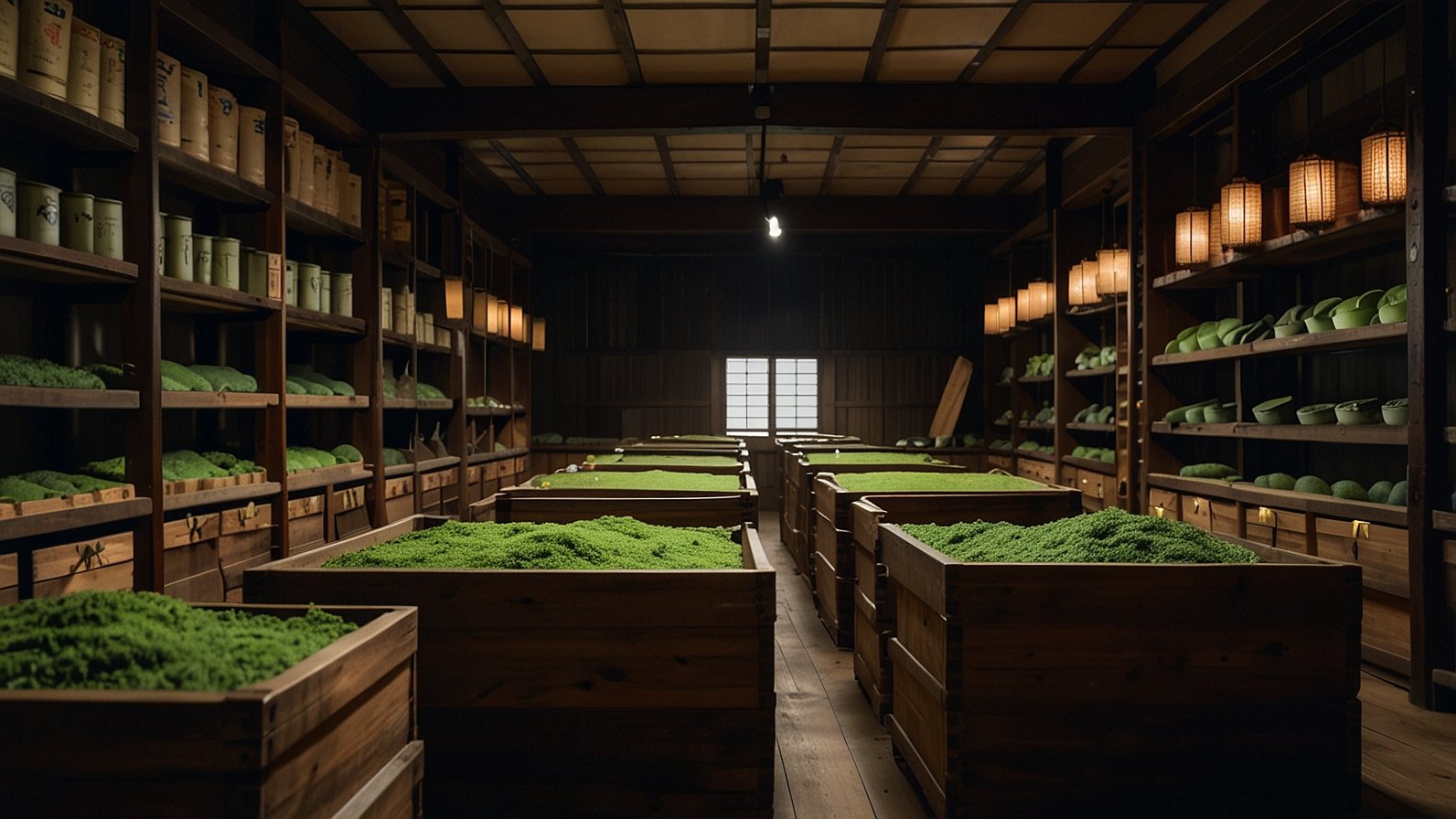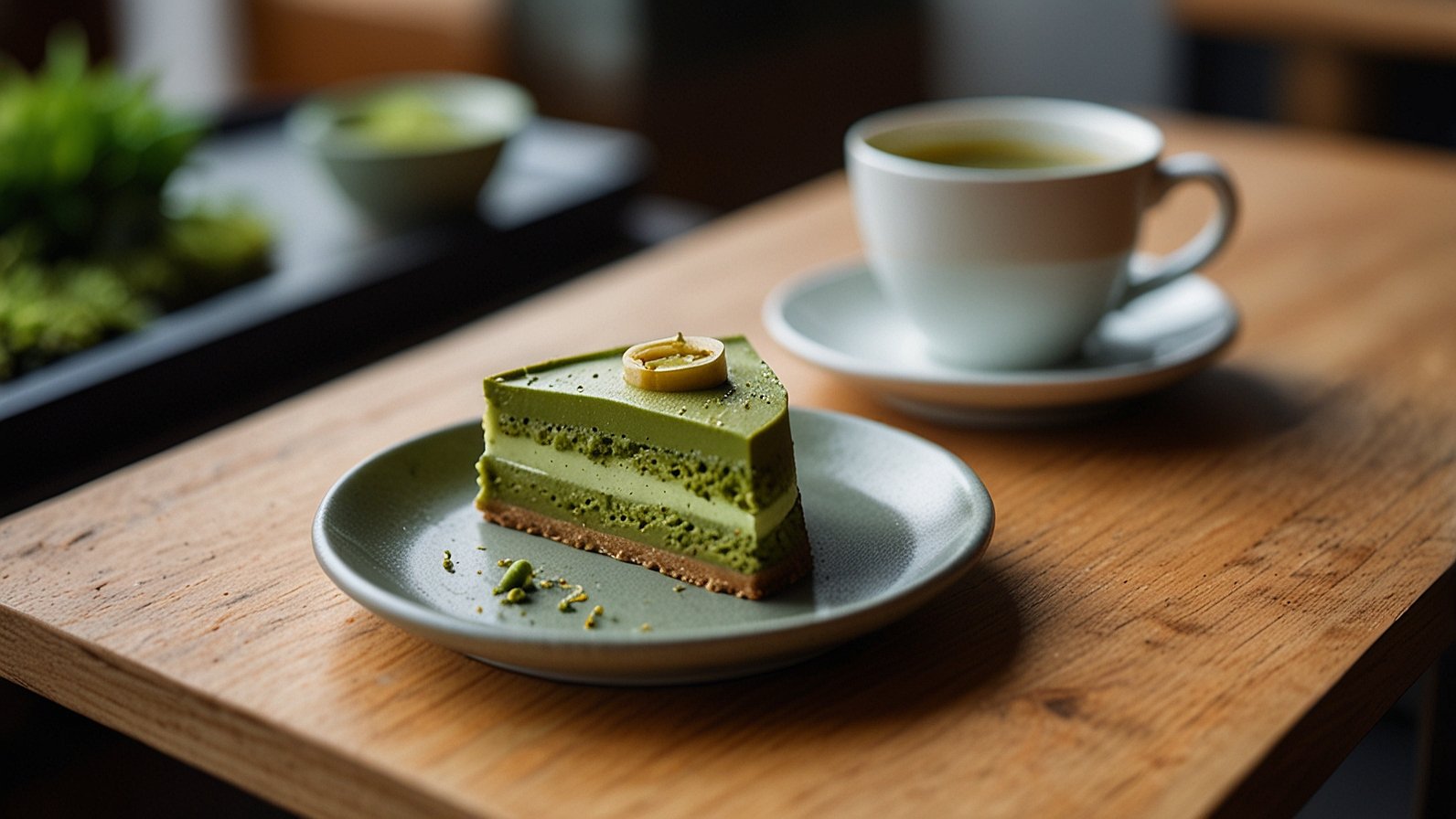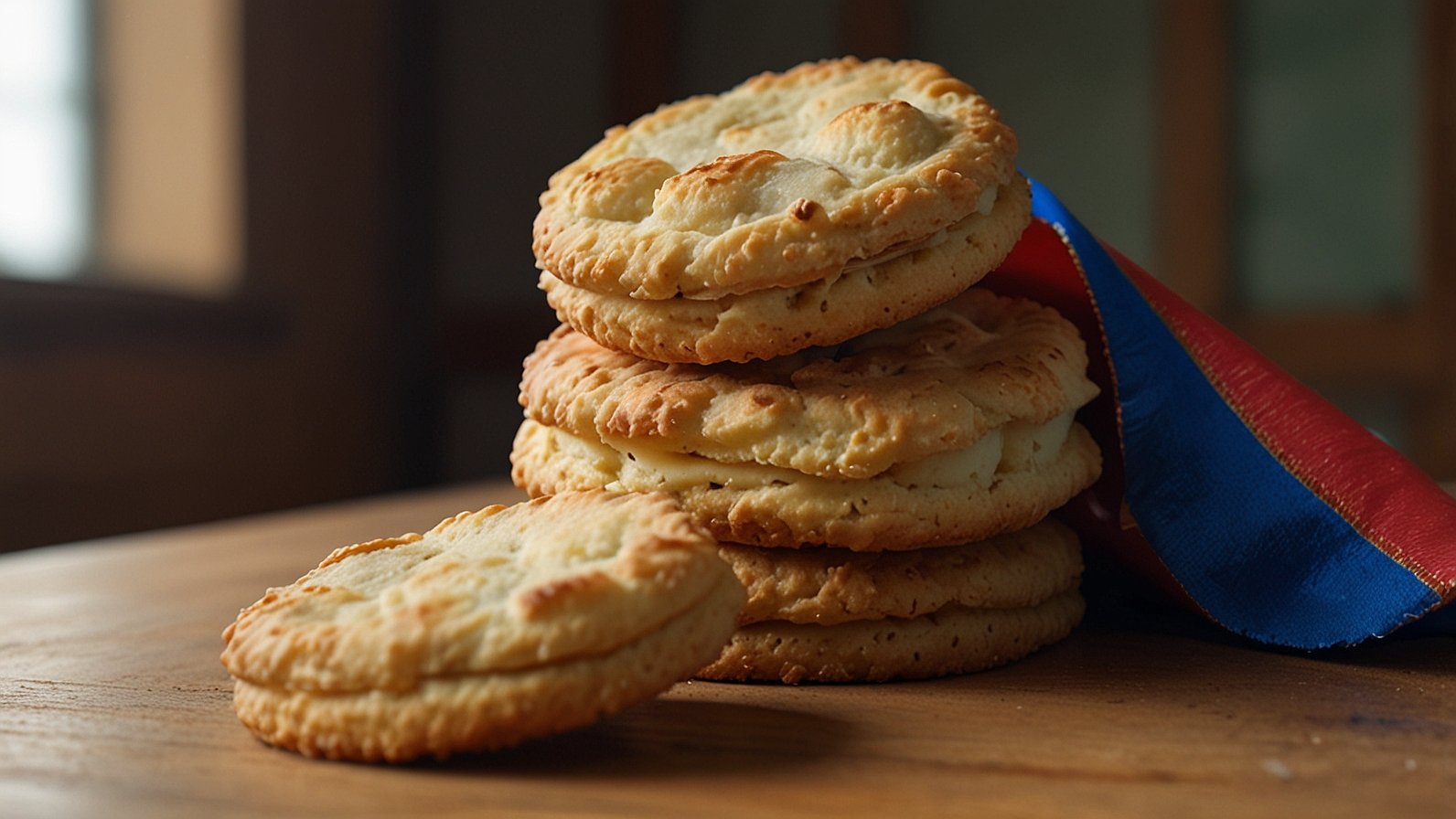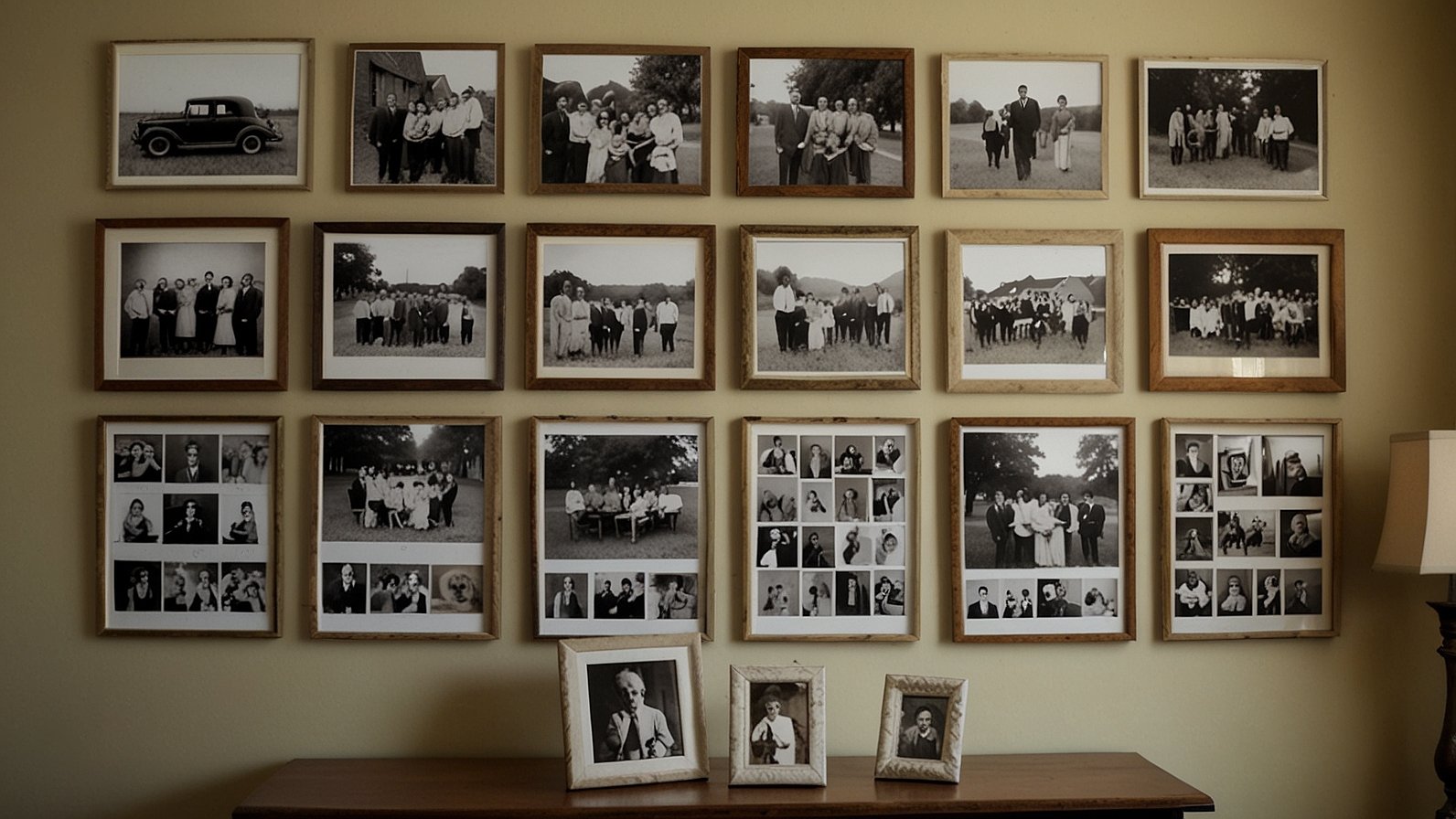Ever found yourself staring at a beautiful, vibrant green tin of ceremonial matcha, only to wince at the price? You just want to make a decent latte, bake a batch of cookies, or whip up a smoothie without taking out a second mortgage. I get it. I’ve been there.
What if I told you there’s a whole other category of matcha designed specifically for this purpose? It’s often more affordable, consistently flavorful, and built to be a workhorse in your kitchen. The secret lies in a simple phrase you might see on labels from artisanal Japanese producers: bin matcha.
Let’s pull up a chair, pour a cuppa, and unravel the mystery of bin matcha together.
Understanding Bin Matcha: It’s All About the Aging
So, what exactly is bin matcha? Literally translating to “bin-stored matcha,” this isn’t a lower grade of tea leaf. Instead, it’s a specific post-production process that transforms the matcha’s character.
Think of it like aging a fine wine or a sharp cheddar cheese. Freshly stone-milled ceremonial matcha is like a vibrant, young white wine—bright, complex, and best enjoyed on its own. Bin matcha, however, is like a well-rounded oak-aged Chardonnay. It’s been allowed to rest and mellow in temperature-controlled storage bins (the “bin”) for several months, even up to a year.
This controlled aging process does two magical things:
- It Reduces Astringency: The sharp, bitter notes that can sometimes be present in fresh matcha soften significantly. The result is a much smoother, gentler flavor profile.
- It Develops Umami: The savory, brothy sweetness that matcha is known for deepens and becomes more pronounced, creating a rich base note.
In fact, if you want a mellow, culinary-ready matcha rather than a fresh ceremonial one, seeking out producers who specialize in bin matcha is your smartest move.
Why Choose Bin Matcha? A Simple Table
| If You’re This Person… | Then Bin Matcha is For You! |
|---|---|
| The Home Barista | Creates creamy, smooth lattes without overwhelming bitterness. |
| The Avid Baker | Adds a robust, umami-rich green tea flavor to cakes, cookies, and breads. |
| The Smoothie Fanatic | Blends seamlessly without dominating the other fruits and veggies. |
| The Budget-Conscious | Typically offers a much better value than high-end ceremonial grades. |
| The Flavor Seeker | Loves a deep, mellow, and sweet flavor profile over intense grassy notes. |
Practical Tips for Choosing a Great Bin Matcha
Walking into a specialty tea shop or browsing online can be overwhelming. How do you spot a quality bin matcha? It all comes down to trusting the producer.
1. Look for Reputable Producers with Clear Labeling
The most important step is to buy from brands that are transparent about their process. Look for phrases on the packaging like:
- “Aracha” or “Awase-cha” (blended tea)
- “Bin-aged” or “Bin-stored”
- “Culinary Grade” or “Kitchen Grade” from a reputable source
- The region of origin (e.g., Uji, Kyoto; Nishio, Aichi)
Brands like Aiya, Ippodo (look for their “Kitchen” grade), and Kettl often provide this level of detail. Avoid any matcha that comes in a clear container, as light rapidly degrades its quality.
2. Prioritize Controlled Storage Over “Freshness”
For ceremonial matcha, you want the newest harvest. For bin matcha, you want a producer who knows how to store it properly. This controlled environment is what allows the matcha to mellow without losing its nutritional value or going stale. It’s a testament to the producer’s skill.
3. Understand the Color Shift
Don’t be alarmed if your bin matcha isn’t the same electric, neon green as a top-tier ceremonial powder. Through the aging process, the chlorophyll breaks down slightly, leading to a more muted, yellow-toned, or olive green color. This is completely normal and a sign of the mellowing process!
Q: I’m a beginner with matcha. Is bin matcha a good place to start?
A: Absolutely! In fact, it might be the best place to start. Its forgiving, less-bitter nature makes it much easier to enjoy while you’re learning the basics of whisking. You’re less likely to be put off by astringency, making your first foray into matcha much more pleasant.
The Future of Your Kitchen with Bin Matcha
Bringing bin matcha into your home is like adding a secret weapon to your pantry. Its mellow depth opens up a world of culinary possibilities far beyond the tea bowl.
Here’s a quick list of ideas to get you started:
- The Ultimate Matcha Latte: 1 tsp bin matcha, a splash of hot water, whisked until frothy. Top with your favorite steamed milk (oat milk works wonderfully) and a touch of honey or maple syrup.
- No-Bake Energy Balls: Mix 2 tbsp bin matcha into a blend of oats, almond butter, dates, and a pinch of salt. Roll into balls for a powerful, green-tea-infused snack.
- Savory Umami Boost: Stir a half teaspoon into soups, stews, or even pasta sauces. It adds a incredible depth of flavor that will have your guests wondering, “What’s your secret ingredient?”
- Simple Matcha Salt: Combine 1 tbsp of bin matcha with 1/4 cup of flaky sea salt. It’s incredible on roasted vegetables, popcorn, or even french fries.
Your 3-Step Action Plan to Better Matcha
Ready to dive in? Here’s how to get started today.
- Audit Your Source: Check your current matcha. Is it from a clear, transparent producer? If not, it might be time for an upgrade.
- Find a Trusted Brand: Do a quick search for artisanal Japanese tea companies and look specifically for their “culinary” or “kitchen” grade offerings. Read the descriptions to see if they mention aging or storage techniques.
- Experiment with One Recipe: Don’t just make tea. Pick one recipe from the list above—maybe the matcha salt or the energy balls—and experience how beautifully bin matcha performs in food.
The world of matcha is vast and wonderful, and bin matcha is a crucial, delicious part of it. It proves that you don’t always need the freshest, most expensive ingredient—sometimes, you need the wisest, most well-rested one.
Have you tried bin matcha before? What’s your favorite way to use it? Let me know in the comments below!
You May Also Read: Exploring Modern Flavors in Trurimesu Desserts
FAQs
Is bin matcha lower quality than ceremonial matcha?
No, it’s a different processing choice, not an indicator of low quality. The tea leaves used are often very good, but they are intentionally aged to develop a mellow, umami-rich profile perfect for cooking and drinking with milk.
Can I still drink bin matcha on its own, traditionally?
You can, but the experience will be different. It will be less vibrant and grassy and more mellow, sweet, and brothy. Many people who find ceremonial matcha too strong prefer the gentle nature of bin matcha even for straight drinking.
How should I store my bin matcha at home?
Just like any matcha, keep it in its airtight, opaque bag (often inside a tin), in a cool, dark cupboard. Do not refrigerate it, as moisture is its enemy. Use it within 1-2 months of opening for the best flavor.
Why is my bin matcha not bright green?
This is perfectly normal! The controlled aging process causes a natural breakdown of chlorophyll, which results in a more olive-toned or yellowish-green powder. This color change is directly linked to its reduced astringency.
Is bin matcha more caffeinated?
The caffeine content is largely determined by the tea plant itself and isn’t significantly altered by the bin-aging process. It will have a similar caffeine level to other culinary-grade matchas.
Where is the best place to buy bin matcha?
Look for specialty online retailers that import directly from Japan or well-stocked local tea shops. The key is to find a seller that provides detailed information about the product’s origin and processing.
Can I use bin matcha for the Japanese tea ceremony?
Traditionally, no. The tea ceremony uses the highest grade of fresh, vibrant ceremonial matcha (often called tencha) to highlight its pure, nuanced flavors. Bin matcha is purposefully crafted for a different, more robust use.










